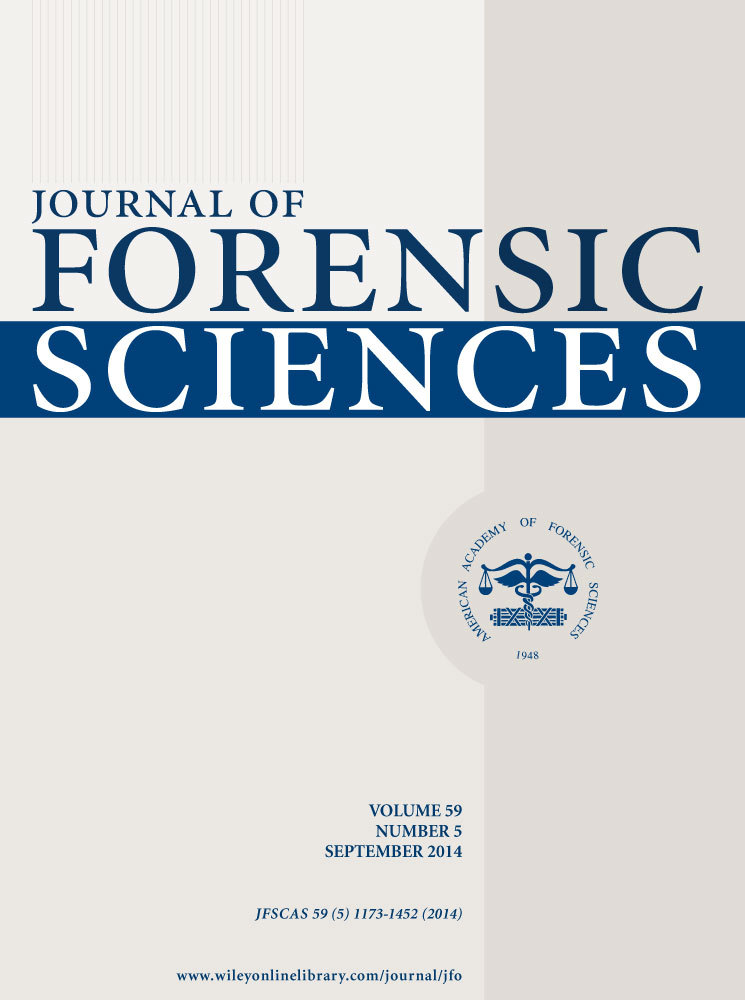False-Positive Results with Amylase Testing of Citrus Fruits
Abstract
In a case of robbery in which the criminals passed through the garden adorned with calamondin trees (Citrus madurensis), the investigators found in the grass six calamondin fruits, some undamaged, while others apparently bitten. The fruits were collected and sent to the laboratory for DNA analysis to verify the presence of saliva and robbers' DNA profile. A specific immunochromatographic strip test for saliva confirmed the presence of human salivary α-amylase, but similar positive results were also observed for intact calamondin and other citrus fruits. Further analysis with a specific automated amylase test confirmed the absence of amylase activity. DNA quantification and typing using a specific forensic kit revealed no human DNA presence in any fruits. This case report demonstrates for the first time the occurrence of false positives when human saliva is sought on citrus fruits.




